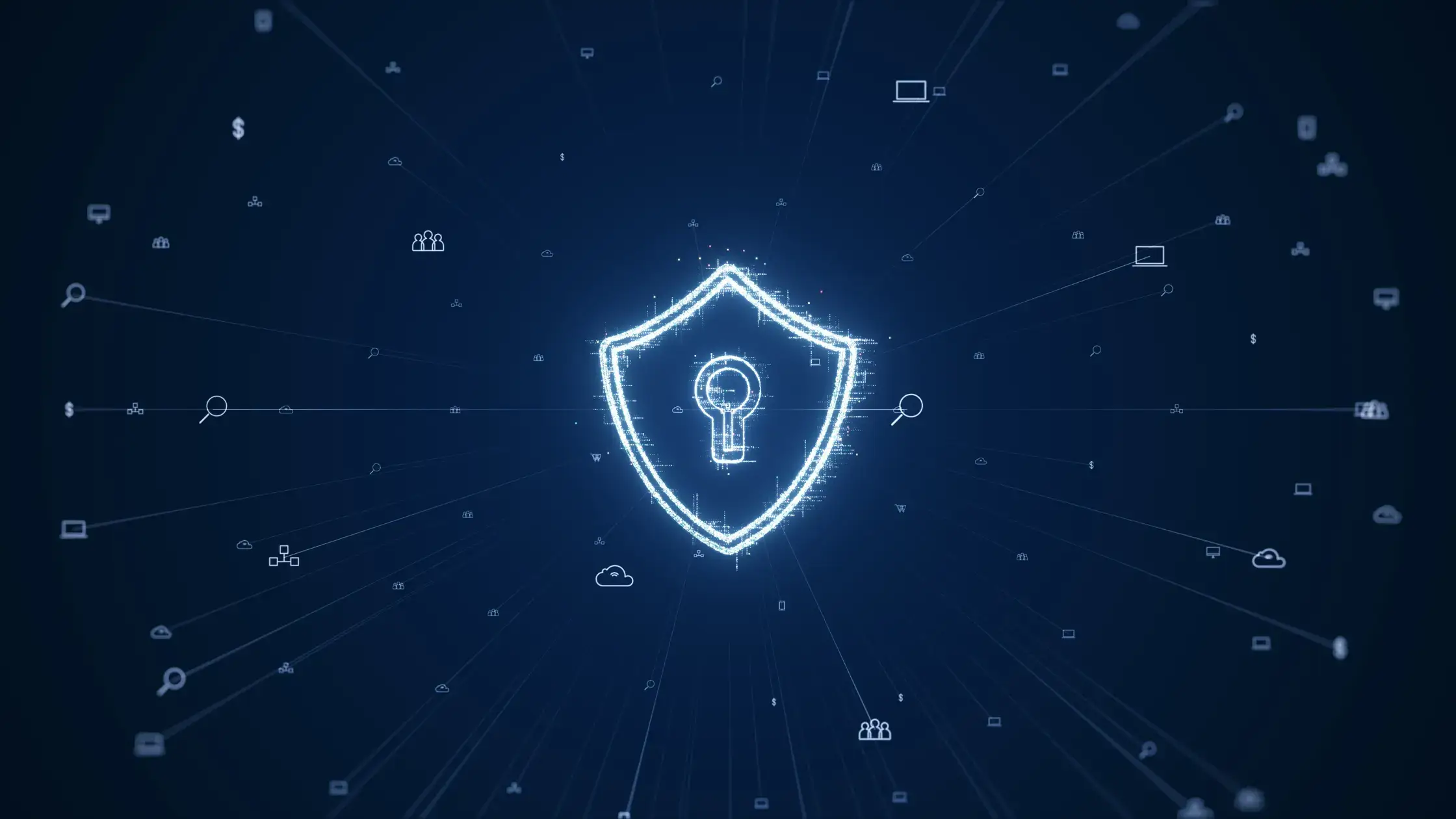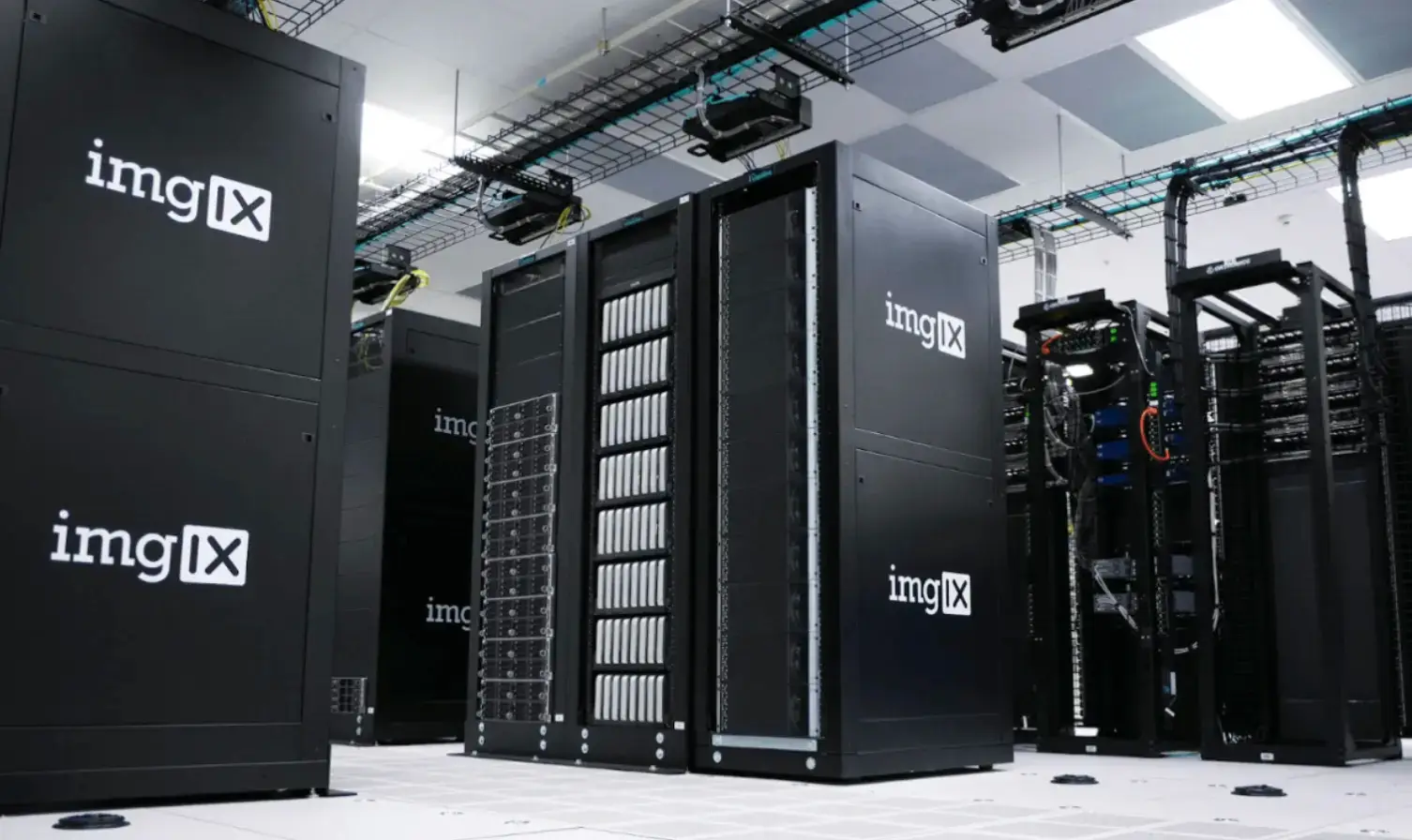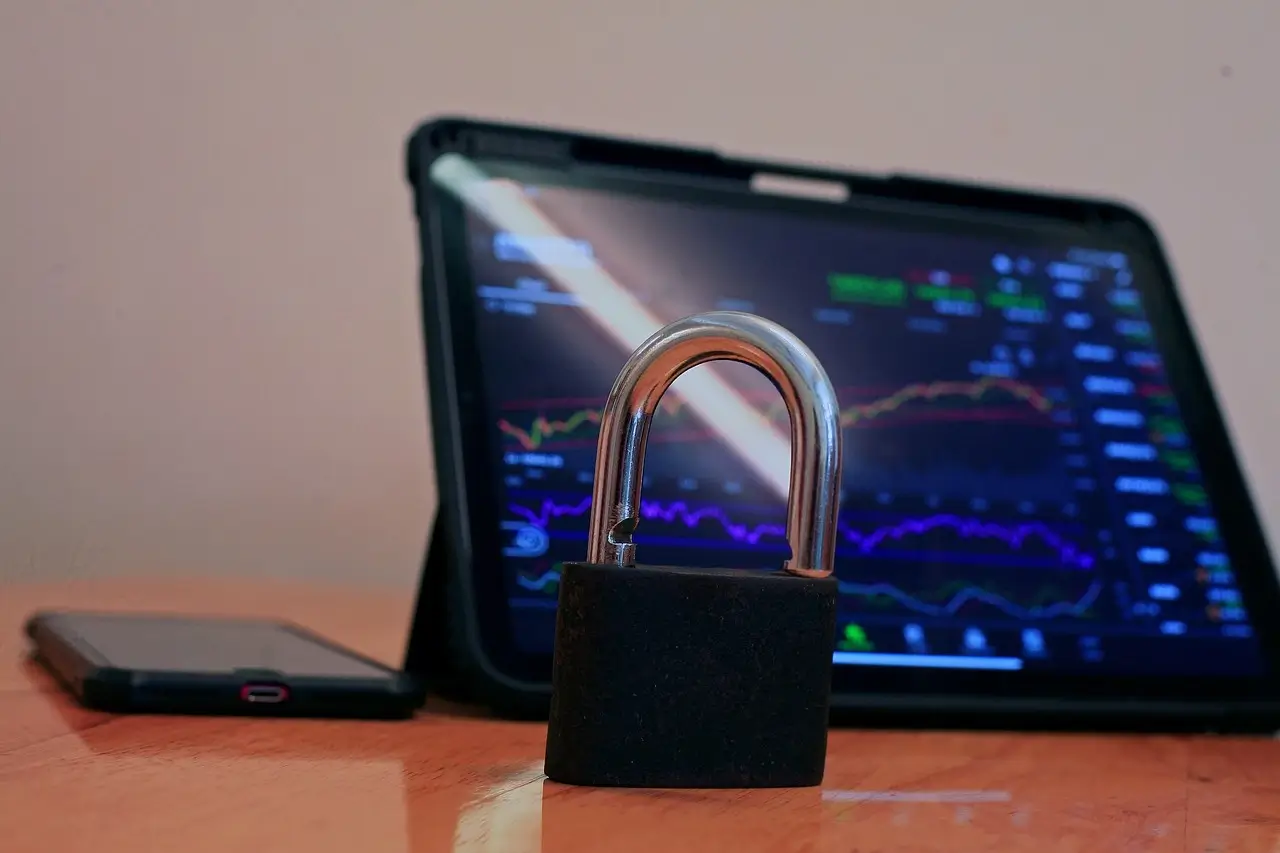According to a report by Statista, three out of every four American companies were at risk of a cyber-attack in 2023.
*Article updated 6/1/2024
These statistics paint a grim picture, especially considering that 60% of small businesses don’t survive a cyber-attack – they go out of business.
While this is a scary thought, the good news is that businesses and organizations can protect themselves against these digital threats. And the first step towards protection is awareness.
When you clearly understand the cyber threats you might face at the workplace, it becomes easier to be vigilant and proactively protect yourself and your organization.
With this in mind, let’s look at 8 common cybersecurity challenges you should know in the workplace.
Shortcuts:
- Phishing Attacks
- Weak Password Practices
- Outdated Software and Systems
- Insider Threats
- Unsecured Wireless Networks
- Cloud Security Risks
- Personal Devices
- Lack of Employee Cybersecurity Awareness

1. Phishing Attacks
Phishing refers to cyber attacks in which attackers masquerade as trustworthy entities in a bid to trick employees into revealing sensitive information, such as personal information, login credentials, and so on.
These attacks often come in the form of emails, phone calls, or text messages designed to appear genuine, but they aren’t.
For example, an employee might receive a deceptive email claiming to be from the IT department asking them to share their login credentials or download a malicious attachment.
The consequences of successful phishing attacks can be very severe, running from data breaches and financial losses to reputational damage and operational disruptions.
If you collect and store customer data, you might also face hefty fines and legal implications.
An example of a phishing attack is the 2020 high-profile phishing attack on Twitter employees, which compromised several high-profile accounts, including those of Barack Obama and Elon Musk.
2. Weak Password Practices
It’s not uncommon for employees to use short, common words, first-name, second-name combinations, or birthdates in their passwords.
Unfortunately, such passwords are easy to crack through brute-force or dictionary-based attacks.
Many employees reuse the same password across multiple accounts, further amplifying the risk. If an attacker manages to breach one account, they gain access to multiple other accounts and systems.
The best way to address this is to implement strong password policies in the workplace, such as:
- Having requirements for password complexity, length, and expiration.
- Requiring a unique password for each account, system, or service.
- Making it mandatory for employees to use multi-factor authentication (MFA) to add an extra layer of security.
- Carrying out regular employee training to reinforce the importance of strong password practices and highlight the risks associated with weak or reused passwords.
3. Outdated Software and Systems
As software ages, vulnerabilities are discovered, and cybercriminals actively seek ways to exploit these weaknesses.
Additionally, vendors might no longer support outdated software, leaving it vulnerable to threats that could lead to compromised systems, data loss, and operational disruptions.
Updating your software regularly fixes these security flaws and installs patches that address known vulnerabilities and improve overall security, significantly reducing your organization’s exposure to cyber threats. Despite the advantages, maintaining up-to-date systems can sometimes be challenging.
For instance, smaller organizations might not have the IT resources or manpower to manage frequent updates; however, outsourcing to a managed security service provider is always an option.
Additionally, applying updates sometimes leads to temporary downtime, which affects business operations. It’s also not uncommon for employees to resist adapting to changes introduced by software updates.
Some ways to address these challenges include implementing patch management policies, taking advantage of automatic updates, and performing regular software updates.
4. Insider Threats
This type of threat comes from employees, contractors, and other individuals with authorized access to your organization’s systems, data, or physical facilities.
Insider threats are particularly dangerous and difficult to defend against because these people have legitimate access and raise no suspicion when they access systems or data.
Companies implementing privileged access management create granular controls over user permissions to track and limit access to sensitive resources.
Detecting insider threats often involves analyzing large volumes of data from various sources, such as user activity logs, network traffic, and endpoint monitoring.
Leveraging Privileged Access Management can play a key role in mitigating such risks by strictly controlling and monitoring access to critical systems and sensitive data.
However, since this data is typically unstructured, you might need to perform data preparation, such as cleansing, normalization, and transformation.
Before analyzing and using the data to identify potential insider threat patterns.
Protecting your organization against the risk of insider threats requires a combination of measures, including strict access controls, background checks and screening, behavioral analytics, and physical security measures.
It’s also important to regularly train employees about security best practices and policies and develop incident response plans to quickly identify, contain, and mitigate insider threats when they occur.
5. Unsecured Wireless Networks
Unauthorized individuals can easily access workplace wireless networks without proper authentication and encryption mechanisms.
Such poorly secured wireless networks can expose sensitive data and systems to various threats, including data interception, man-in-the-middle attacks, denial-of-service attacks, unauthorized access, and malware infections.
Thankfully, there are several measures you can take to secure your workplace wireless networks. These include:
- Enable robust encryption protocols (WPA2 or WPA3) and use complex, unique passwords for wireless access points and routers.
- Regularly update firmware and software on wireless devices to ensure the latest security patches are applied.
- Implement access controls, such as MAC address filtering or authentication mechanisms, to restrict unauthorized access.
- Segment wireless networks from internal networks, limiting access to sensitive resources or systems.
- Perform regular security audits and penetration testing to identify potential weaknesses or rogue access points. For small businesses with limited resources, it might be difficult to justify expenses like pen-testing costs, but these measures are crucial if you want to keep the workplace network secure.
- Use firewalls, intrusion detection/prevention systems, and other security controls to monitor and protect wireless networks.
6. Cloud Security Risks
While most cloud service providers have robust security measures, managing cloud platforms can still introduce security concerns.
These include data privacy concerns, access control to prevent unauthorized access and potential data breaches, and the risk of vendor lock-in.
Additionally, compliance with industry standards and regulations like the GDPR and PCI-DSS can be challenging in a shared cloud environment.
Some measures you can take to mitigate cloud security risks include:
- Encrypt sensitive data in transit and at rest to protect against unauthorized access or interception.
- Implement robust access controls, such as multi-factor authentication, role-based access, and least privilege principles, to limit access to cloud resources.
- Regularly review and audit cloud configurations to ensure adherence to security best practices and organizational policies.
- Enable comprehensive monitoring and logging for cloud activities, which allows for detecting and investigating potential security incidents.
- Regularly assess and patch cloud infrastructure and applications to address known vulnerabilities and security flaws.
When choosing cloud services, it is important to evaluate the provider's security controls, certifications, and standards, as cloud provider security is crucial for meeting industry regulations and matching your organization’s security needs.
7. Personal Devices
Many organizations have adopted Bring Your Own Device (BYOD) policies, allowing employees to use personal laptops, smartphones, and tablets for work.
While these policies can enhance productivity and reduce some expenses for the organization, they also introduce significant cybersecurity risks to the workplace if not properly managed.
First, organizations have limited visibility and control over personal devices, making enforcing security policies, monitoring activities, and managing software updates or security patches challenging.
Without zero trust access measures in place, personal devices can also lead to inadvertent loss of company data due to poor security and device loss or theft.
Additionally, many personal devices lack proper access controls, making it easier for unauthorized individuals to access sensitive data on these devices. It’s also not uncommon for employees to use their personal devices on unsecured networks, exposing them to various attacks.
To mitigate these risks, companies that allow personal devices at work should develop and enforce comprehensive BYOD policies that outline acceptable use, security requirements, and employee responsibilities.
Implementing a comprehensive enterprise security platform can help organizations monitor and protect their networks, devices, and data from various cyber threats.
They can also consider implementing mobile device management solutions to monitor, manage, and secure personal devices used for work purposes.
It’s also important to segment corporate networks and restrict access to sensitive resources or systems from personal devices to limit potential damage in case of a breach.
8. Lack of Employee Cybersecurity Awareness
Without proper understanding and awareness of cybersecurity best policies, employees can inadvertently engage in behaviors that could accidentally compromise the organization’s systems, networks, and data.
For instance, an employee might use weak passwords, fall victim to a phishing attack, or connect unauthorized devices to the work network.
To avoid such situations, organizations should hold regular training sessions covering topics such as phishing recognition, password management, data handling, and incident reporting procedures.
The organization should also provide clear and accessible security policies and guidelines that outline expectations and best practices.
Wrapping Up
The modern workplace faces numerous cybersecurity risks – from phishing attacks and weak passwords to insider threats and cloud security risks – which can have devastating consequences.
Recognizing these risks is crucial if organizations are to protect themselves adequately. Organizations can mitigate these risks by implementing robust cybersecurity policies, investing in employee awareness training, and adopting advanced security technologies.
Author Bio
Shanice Jones is a techy nerd and copywriter from Chicago. For the last five years, she has helped over 20 startups building B2C and B2B content strategies that have allowed them to scale their business and help users around the world.










